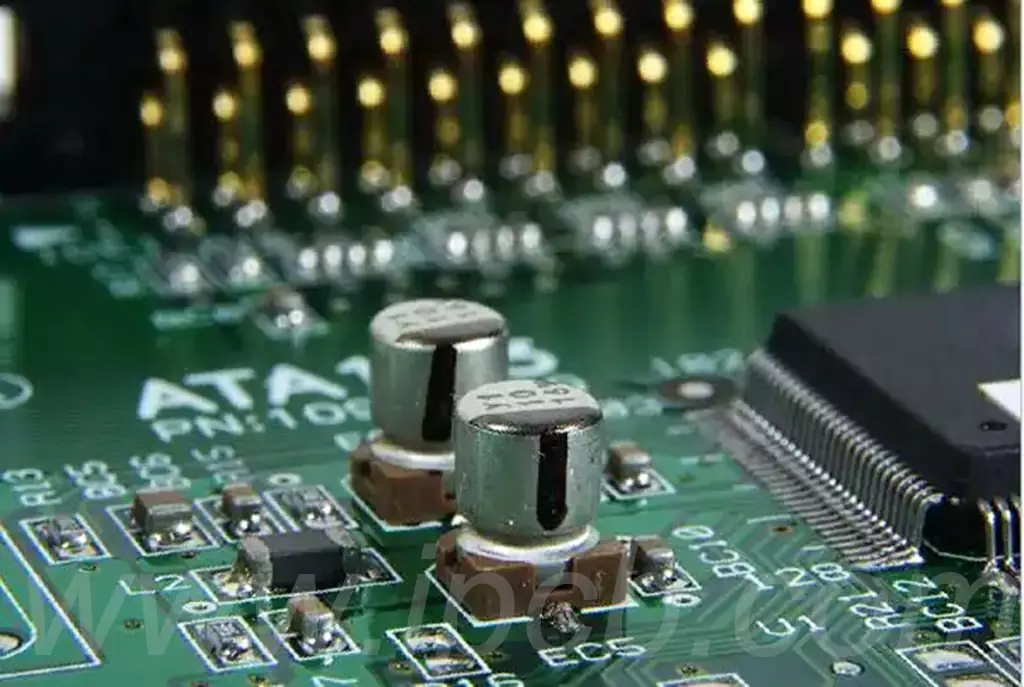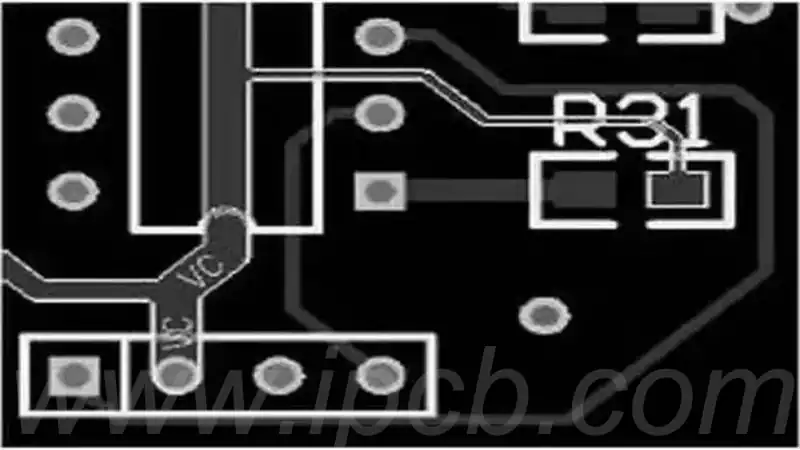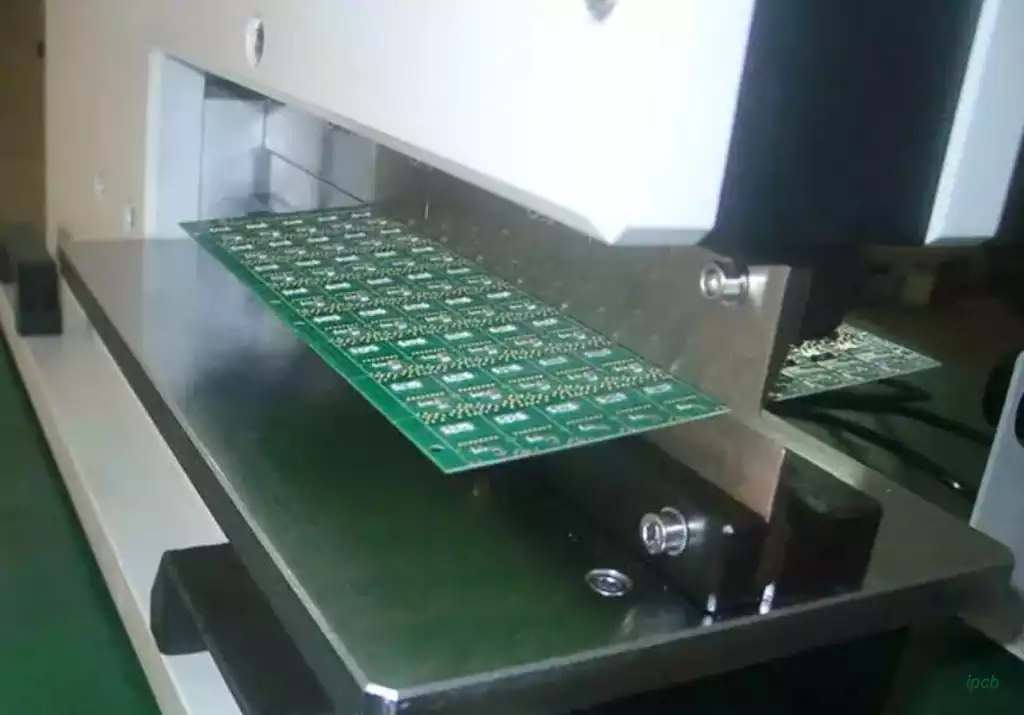Circuit board circuit schematic is the circuit board of each electronic component using the prescribed graphic symbols, and with the use of wires to the graphic symbols of each electronic component pins connected in accordance with certain rules, the use of graphic connection relationship to illustrate the circuit board between the unit circuit power supply, signal flow, etc., people read the circuit board schematic diagram will be able to understand the circuit board between the control relationship between the circuits, circuits, power supply circuit, signal transmission and other working principles, play such a role is called a circuit board schematic diagram. By reading the circuit board schematic diagram, people can understand the control relationship between the circuits in the circuit board, the power supply circuit, the ins and outs of signal transmission and other working principles, and play such a role in the diagram is called the circuit board circuit schematic.
It consists of the following three basic parts: symbols, lines and notes. Symbols represent different types of electronic components, such as transistors, diodes, resistors, capacitors, integrated circuits, and so on. The lines represent the connections between the components, including straight lines, arrows, and connection symbols. Notes are used to identify the name of the component, parameters and functions and other information.
Schematics are one of the most important aspects of PCB design. A good schematic shows a well-constructed circuit diagram that clearly depicts the electrical connections between various electronic components. It should also be noted that a technically correct but crowded schematic is still a bad schematic because it can confuse the designer. A schematic can be a very valuable troubleshooting tool because it traces the connections in a circuit.

How to read a circuit board
Understanding Basic Electronic Components
Circuit boards are made up of electronic components, so understanding the basic electronic components and their functions is the first step in reading a circuit board. Resistors, capacitors, inductors, diodes, transistors, integrated circuits, etc. are common electronic components that play different roles in a circuit. It is important to understand how these components work and what they do in a circuit.
Learn the basics of electrical circuits
Understanding the basic concepts and principles of circuits such as current, voltage, resistance, capacitance, inductance, etc. is the basis for reading circuit boards. It is also necessary to understand the basic types of circuits, such as series, parallel, and mixed. These basics are prerequisites for understanding circuit boards.
Reading Circuit Diagrams
Circuit diagrams are graphical representations used to show the connections of a circuit. It is important to learn how to read and understand circuit diagrams. Circuit diagrams usually include component symbols, connecting wires, power and ground, etc.Reading a circuit diagram provides detailed information about the layout of the board, component locations, electrical connections, and more.
Using Professional Tools
Using professional circuit board design software (such as AutoCAD, EAGLE, Altium Designer, etc.) can help you better understand and design circuit boards. These software can help you to view the layout of the board, component locations, electrical connections, and other details. By using these tools, you can gain a deeper understanding of how the circuit board works and how the components interact with each other.
Hands-on experience
By building and debugging circuit boards with your own hands, you can gain a deeper understanding of how circuit boards work and how components interact with each other. In addition, participating in electronic production programs and taking part in electronic competitions can help you gain practical experience. By practicing, you can better understand the design and working principle of circuit boards.
Mastering circuit board circuit schematics is a comprehensive understanding from basic components to overall layout. Through the combination of theory and practice, we are able to explore the mysteries of the electronic world in depth, laying the foundation for innovation and technological advancement.



